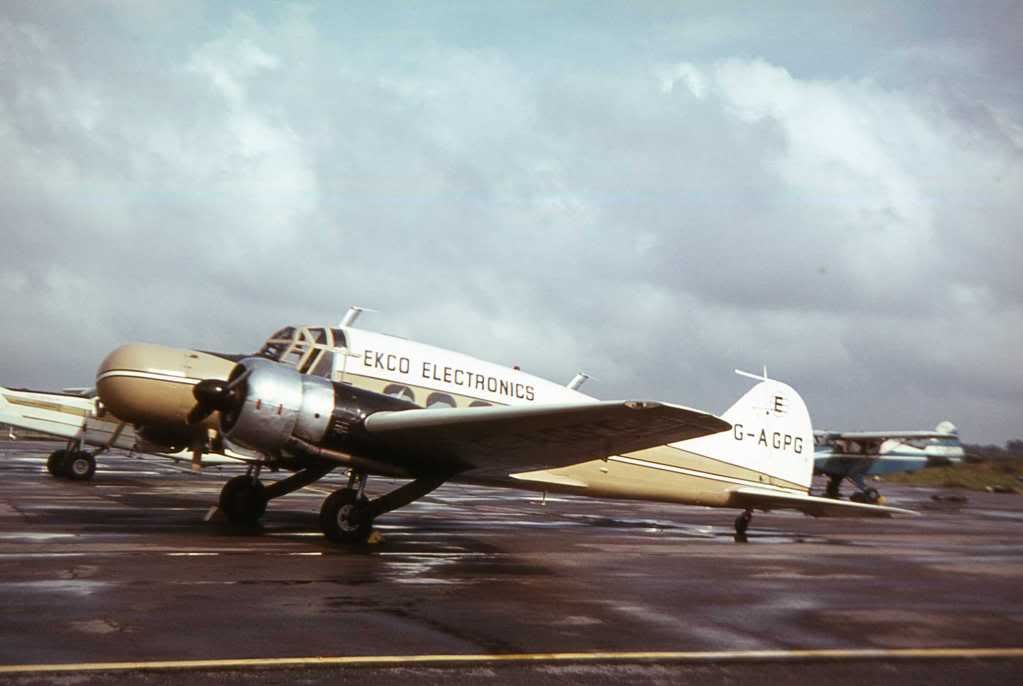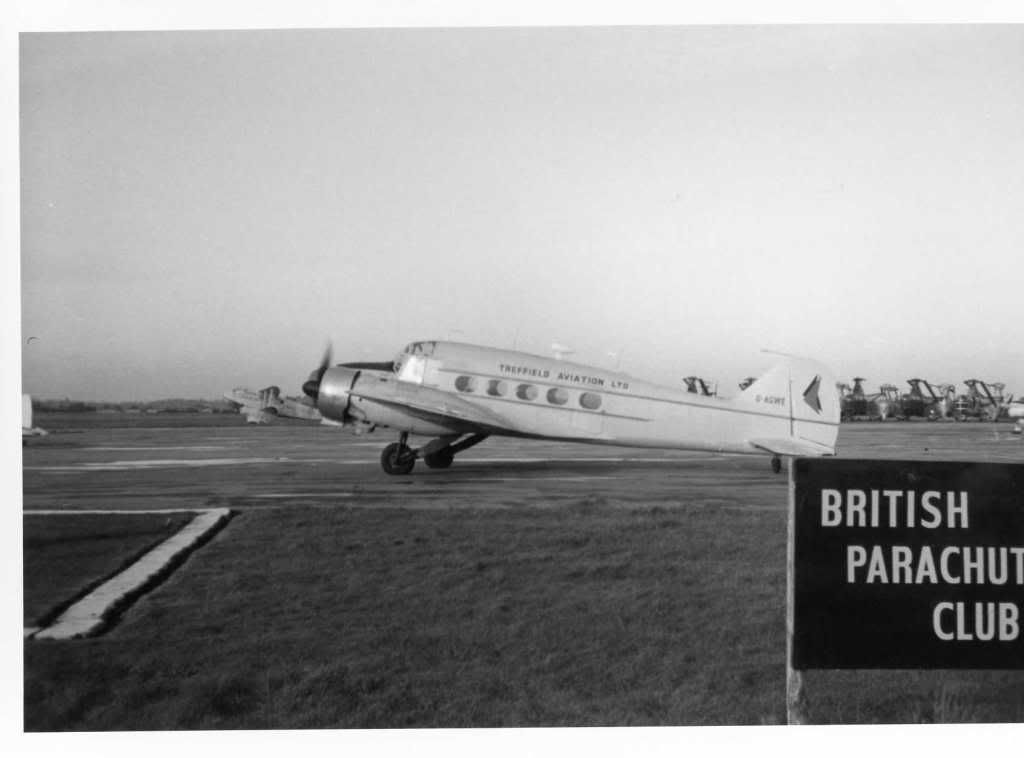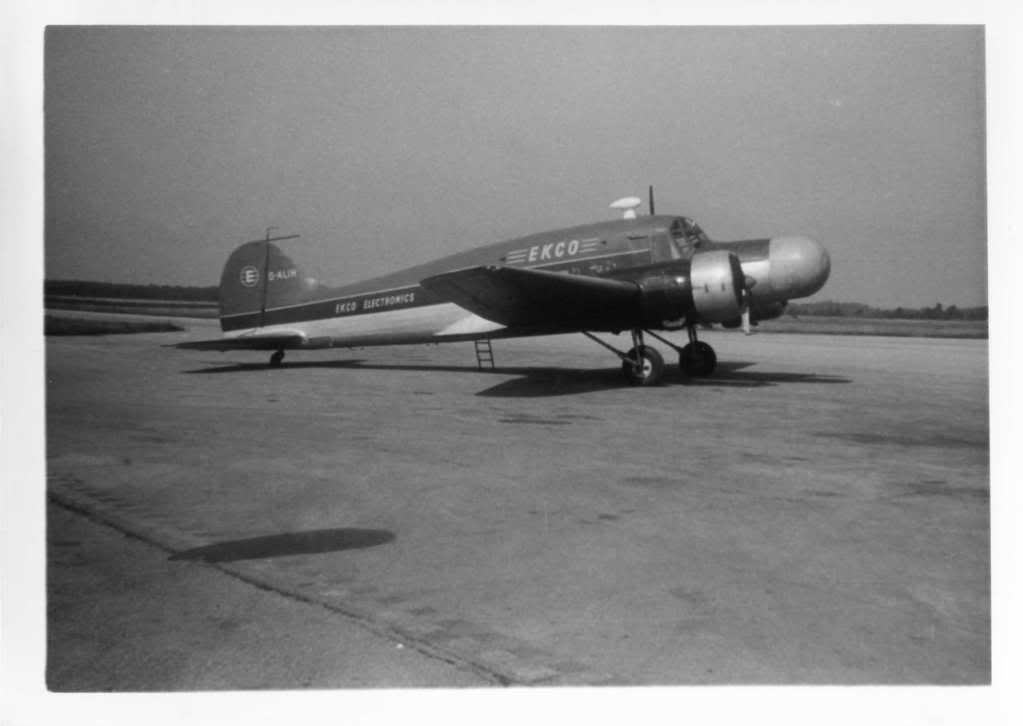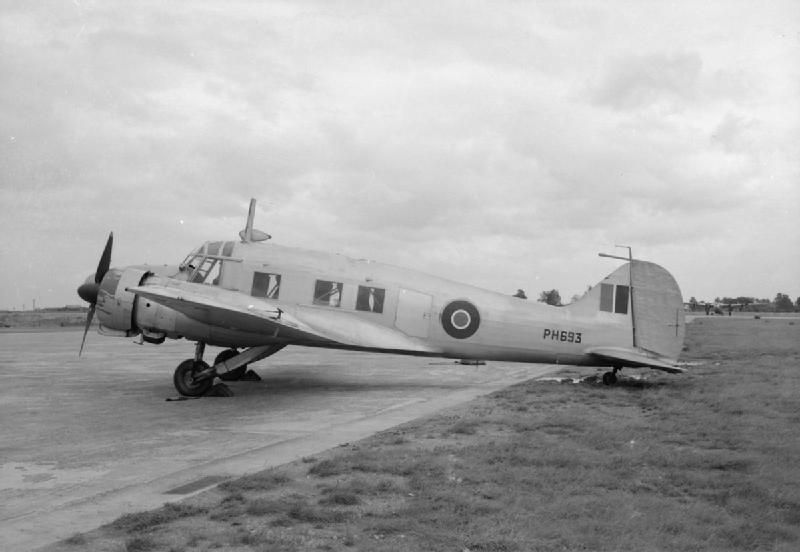Post by flyboy on Aug 19, 2017 12:00:22 GMT
THE AVRO ANSON
The Avro Anson was a frequent visitor to Blackbushe, especially during the Farnborough Airshow week periods when varying numbers could be observed visiting on most days. I also suspect that a number of other movements over the years were for use of the Customs facilities which were available on the airfield. Flights passing through from White Waltham for example.
Anson19 G-AHIJ of the Ministry of Civil Aviation at Blackbushe during the early 1950's.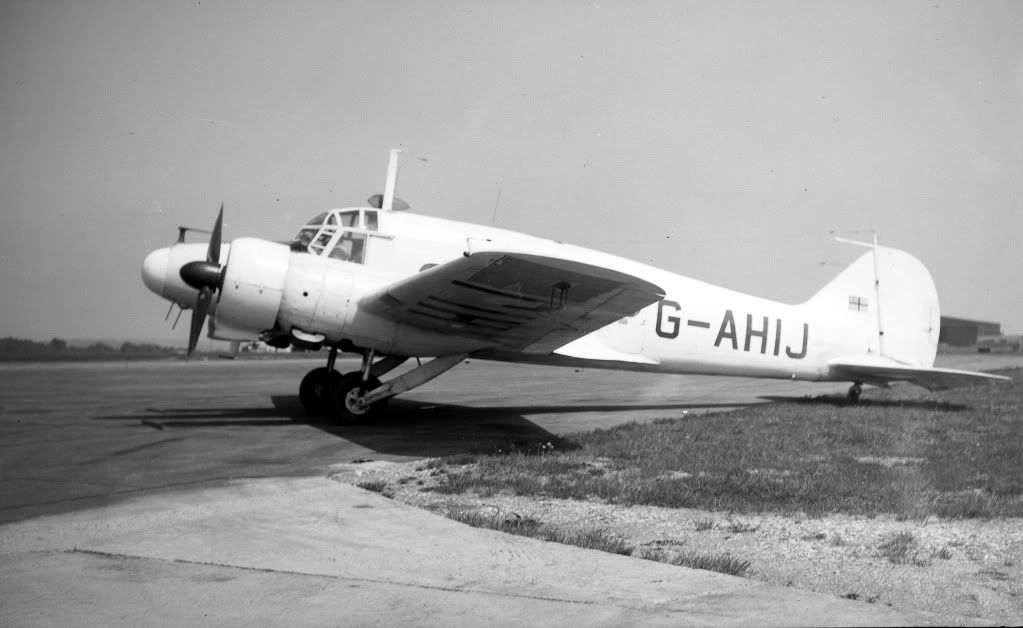
Development:
The Avro 652 was designed in 1933 as a four seat, twin engine aircraft to meet an order by Imperial Airways. An order for these aircraft was placed in 1934. During the early stages of building these civil aircraft AV Roe was approached by the Air Ministry who were interested in procuring a twin engine, land based aircraft for use on coastal reconnaissance duties. In May 1934 a design, the type 652A was submitted being a redesigned type 652 to meet the requirement. A contract was soon put in place to produce a prototype with a deadline delivery date to be no later than March 1935. The company therefore found themselves working on both civil and military projects at the same time.
The civil version was the first to fly on the 7th January 1935 with the military version following shortly afterwards on 24th March that year. The military prototype then took part in a competition with the DH 89M Rapide to find which type was most suitable to fulfil the coastal reconnaissance role. With a greater range and endurance the Avro 652A was adjudged to fill the requirement and won the production contract.
Production:
The Avro Anson GR Mk.1 was produced against specification 18/35 with the first production aircraft flying on 31st December 1935. The initial order was for 174 aircraft with many more orders to follow but the Anson was ,however, deemed to be obsolete in it's original role by the outbreak of World War II but was to continue as a much used trainer and communications aircraft in RAF service until 28th June 1968.
Many Ansons were built in Canada and saw service with the Canadian armed services. The Mk.II was similar to the UK Mk.1 but had a plywood nose and was powered by two Jacobs L-6MB engines. The Mk.III fuselage was built in Britain with similar engines to the Mk.II installed in Canada. The Mk.IV fuselage was similarly built in Britain but was fitted with Whirlwind R-975-E3 engines.The final Canadian Mk was the Mk.V which was as development of the earlier Mk.II
There were a number of different versions produced in the UK, in addition to those produced in Canada, a complete list follows:-
Mk.1 There were 6742 Mk.1's built at Woodford and Yeadon, these were powered by 2x Armstrong Siddeley IX radials and armed with 2x machine guns ( one in the nose and one in a dorsal turret ). Bombs could also be carried under the wing centre section and under the wings.
Mk.II 1832 produced entirely in Canada being similar to the UK Mk.1 but with a plywood nose. The first flight took place on
21st August1941.
Mk.III Fuselage built in UK then shipped to Canada where it was assembled with the Jacobs L-6MB engines.
Mk.IV Similar to the Mk.III but with Wright Whirlwind R-975-E3 engines installed.
Mk.V Further development of the Canadian Mk.II.
Mk.X UK transport version with a reinforced floor, but retaining the Mk.1's manually operated landing gear.
Mk.XI First British version with hydraulic landing gear and flaps, a raised roof line for added passenger comfort and with
2x 395hp Cheetah XIX engines. 91 aircraft produced.
Mk.XII As the Mk.XI but with Cheetah XV 420hp engines. 254 aircraft produced.
Mk.18 Version of the C.19 for the Royal Afghan Air Force to be used on police duties.12 produced for Afghanistan
plus 13 for India.
Mk.19 Developed in 1945 at the end of WWII to help convert the British aircraft industry to civil production against
& C.19 the Brabazon Committee's Specification 19. To see civilian service as the Avro 19 and military service as the C.19.
This version was based on the Mk.XI with five oval windows on each side of the fuselage and with a properly
furnished interior. The Avro 19 later entered RAF service as the Mk. C.19. Between 1945 and 1946 264 C.19's
were produced.
Mk.T20 Built as a training aircraft for Southern Rhodesia 59 were built from 1947.
Mk.T21 Built for RAF Flying Training Command. 252 produced 1948-1952.
Mk.T22 Final variant built as a radio trainer. 54 built from 1948.
.................................................................................................................................................................
Specification:
ANSON Mk.1
Engines 2x Armstrong Siddeley IX radials.
Horse Power 350 hp each.
Wing Span 56' 5".
Length 42' 3"
Max. Speed 188mph at 7000'.
Cruise Speed 158mph.
Ceiling 19,000'.
Range 790 miles.
Armament 1x fixed .303 forward firing machine gun in nose
1x .303 machine gun in dorsal turret.
Bomb Load 360lb.
................................................................................................................................................................

